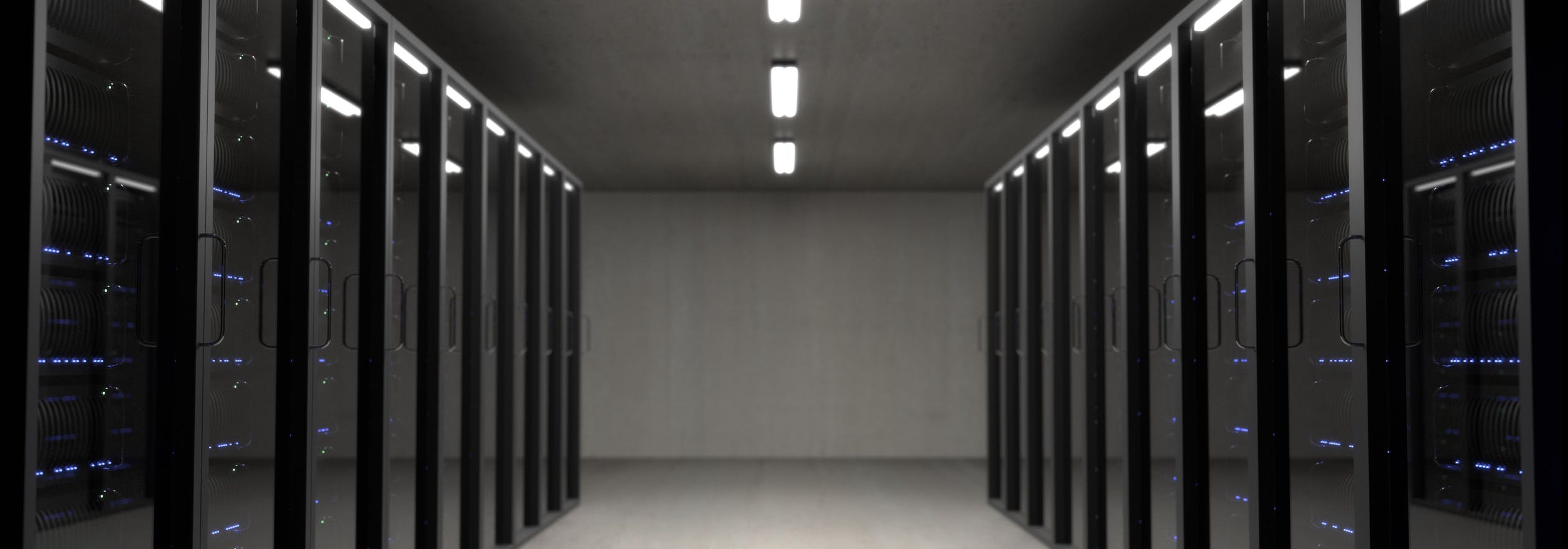Thought Leadership
Business Intelligence & Data: 6 key trends
An article by Yves Cointrelle, VISEO Director of Strategy, Business Intelligence and Big Data, published in Decideo
What are the major trends for the Business Intelligence and Data industries in 2018?
Data Lake/Datahub
Buzzword or reality? It is clear that many companies want to have a Data Lake. Storage method to unload data from applications, business intelligence systems for conservation or playground for Data Science the motivations are multiple. Their primary wish often corresponds to the desire to preserve and record the company's data in order to carry out advanced analyses (using the black gold of the data) without necessarily having preconceived its use cases. For the most mature on the subject, two distinct and sometimes complementary needs are distinguished. Lower storage costs and the ease of using the cloud should spark many projects over the next 18 months.
The Data Hub, for its part, consists in making data exchanges in the company more fluid by exposing them in a common space rather than developing systematic point-to-point interfaces.
Predictive maintenance
Predicting failures before they occur is the challenge of predictive maintenance. The proliferation of sensors, connected objects now cheap, IoT platforms associated with data processing engines allow these complex subjects to be approached with formidable efficiency. The costs are often covered by the multiple benefits of these techniques: ensuring a longer period of availability of production lines and means of transport. Optimize energy consumption, provide more security, quality and return on investment are numerous and tangible.
Digital Twins
Based on sensor data, the digital twin is designed to create a virtual duplicate of any real equipment. True clones, their data can either be used to replay the past over a period of time or to simulate premeditated behaviour. These processes are used to virtually simulate the behaviour of autonomous vehicles by car manufacturers or energy producers who clone the operation of wind turbines. We will gradually see these devices filling our daily lives on many topics such as e-health or home automation.
Universal Semantic Data Layer
Having a lot of data, everywhere, accessible with many tools is good. Simply access it, in a secure way with the certainty of handling what you were looking for, less. We have seen the emergence of cataloguing applications that identify data sources without, however, providing a guarantee of data security. Make way for universal semantic solutions which, like what the Business Objects solution universe offered, will provide the same comfort to any type of tool on any type of source or platform.
Real Time 2 Cloud
On Premise / Cloud hybridization is already a reality. However, we have little experience with synchronous solutions that allow us to replicate in real time the bases on premise and their counterparts in the Cloud. However, the scenarios offer advantages. Hot" reporting on databases external to production, application migration or data or application consolidation, on-the-fly archiving of data in a DataLake. A "must have" to consume without moderation.
Process mining
Using Data Science in processes and in particular in their optimization is a major trend and a real competitive factor for publishers. SAP, by buying Kxen a few years ago, has been able to use this expertise to distill models within the processes managed by its ERP. Salesforce with Einstein offers algorithms at the heart of its Cloud solutions to direct the sales force towards the most profitable customers, highlighting those who are neglected and yet have high potential. Less spectacular than big data projects but much more efficient, pragmatic and profitable for companies wishing to put intelligent assistants at the heart of their processes.


